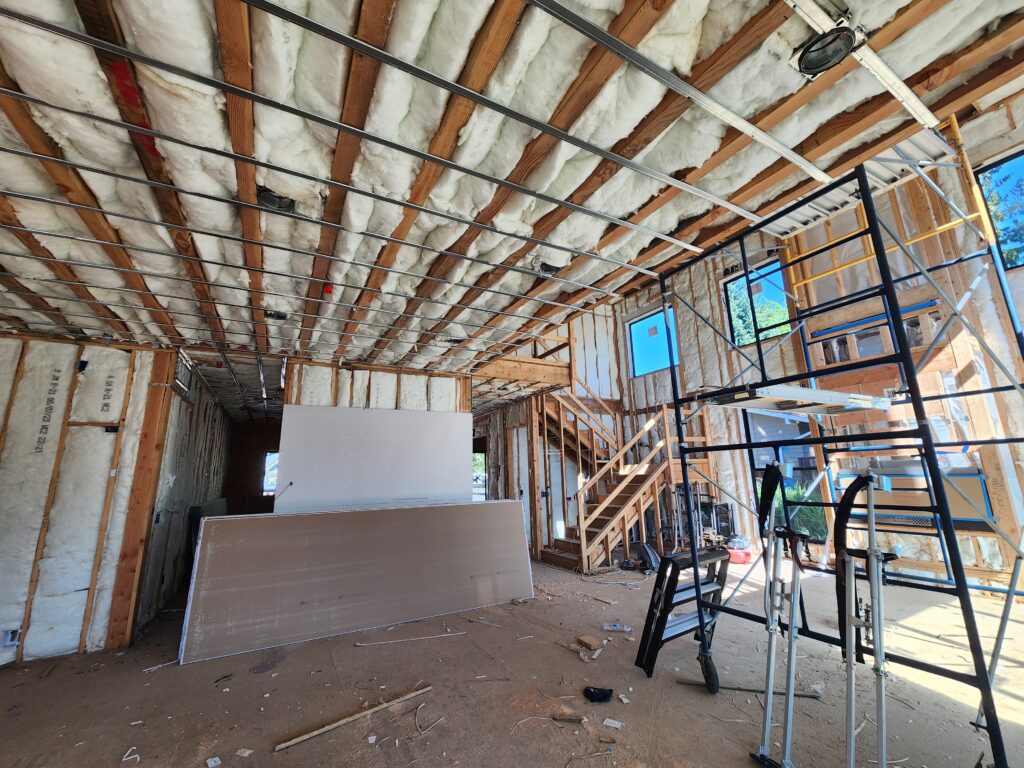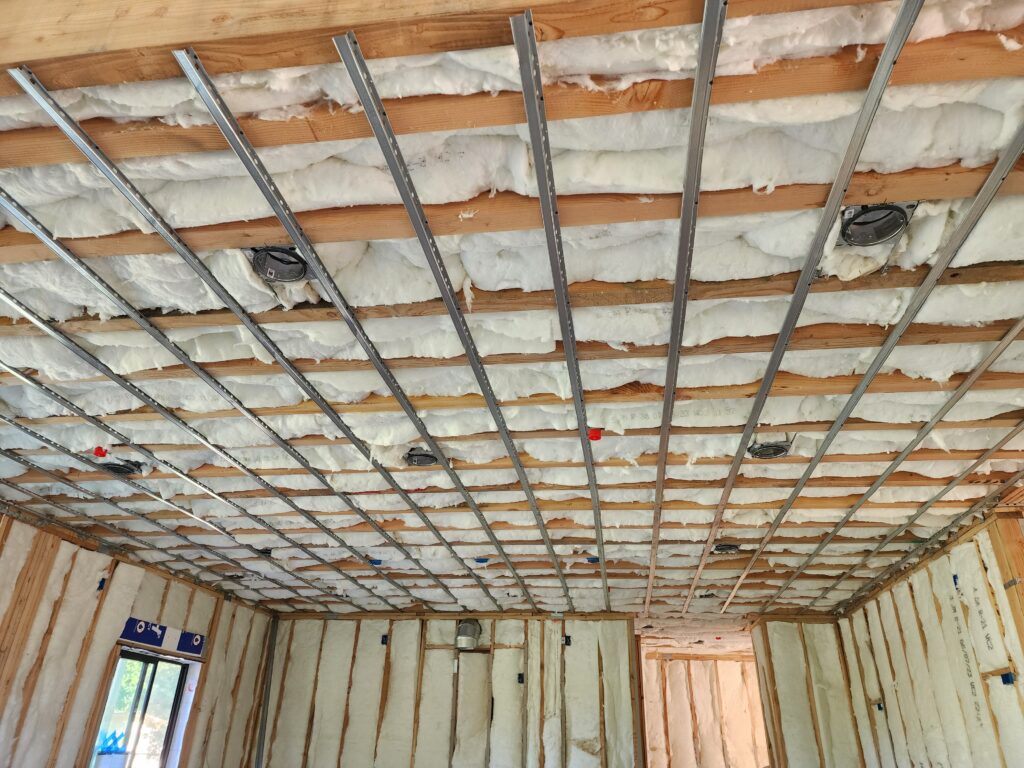A quiet house is a masterpiece of thoughtful design and construction. Building a house that minimizes noise requires careful planning and specific techniques. One effective method is to install extra insulation, which can significantly reduce external noise. Using thicker, double-glazed windows can further diminish the sound entering the home. Inside the house, wrapping water pipes and air ducts with insulation can prevent noise from traveling through these conduits. Additionally, installing solid, heavy doors between rooms can help contain sound within individual spaces. The type of insulation used is crucial; materials like fiberglass, cellulose, and foam each offer different levels of soundproofing, so choosing the right one can make a substantial difference in achieving a quiet environment.
Proper insulation and techniques make your house very quiet
Resilient channels are specialized metal framing components used in construction to enhance soundproofing by decoupling drywall from the framing of a building. These channels are installed perpendicular to the framing and serve as a mounting platform for drywall, effectively creating a gap that interrupts the direct path of sound waves. This decoupling action significantly reduces noise transmission through walls and ceilings by allowing the drywall to flex and absorb sound vibrations rather than transferring them directly through the structure. The installation of resilient channels, when combined with sound-absorbing insulation and multiple layers of drywall, can dramatically improve the Sound Transmission Class (STC) rating of a wall or ceiling, making it a preferred method in both residential and commercial soundproofing applications. Proper installation is critical, as improper attachment can compromise the channel’s effectiveness, resulting in diminished noise reduction benefits.

Hardwood flooring is gaining popularity in contemporary homes due to its aesthetic appeal and durability. However, installing hardwood flooring on upper levels can result in significant noise transmission to the rooms below. Traditional insulation alone is often inadequate in addressing this issue. To effectively reduce noise, resilient channels can be used. These specialized metal channels are installed between the floor joists and the subfloor, creating a gap that disrupts the direct path of sound waves. This decoupling action helps absorb and dissipate sound vibrations, thereby significantly reducing noise transfer between floors. By incorporating resilient channels into the flooring system, homeowners can enjoy the beauty of hardwood floors without compromising on acoustic comfort.
